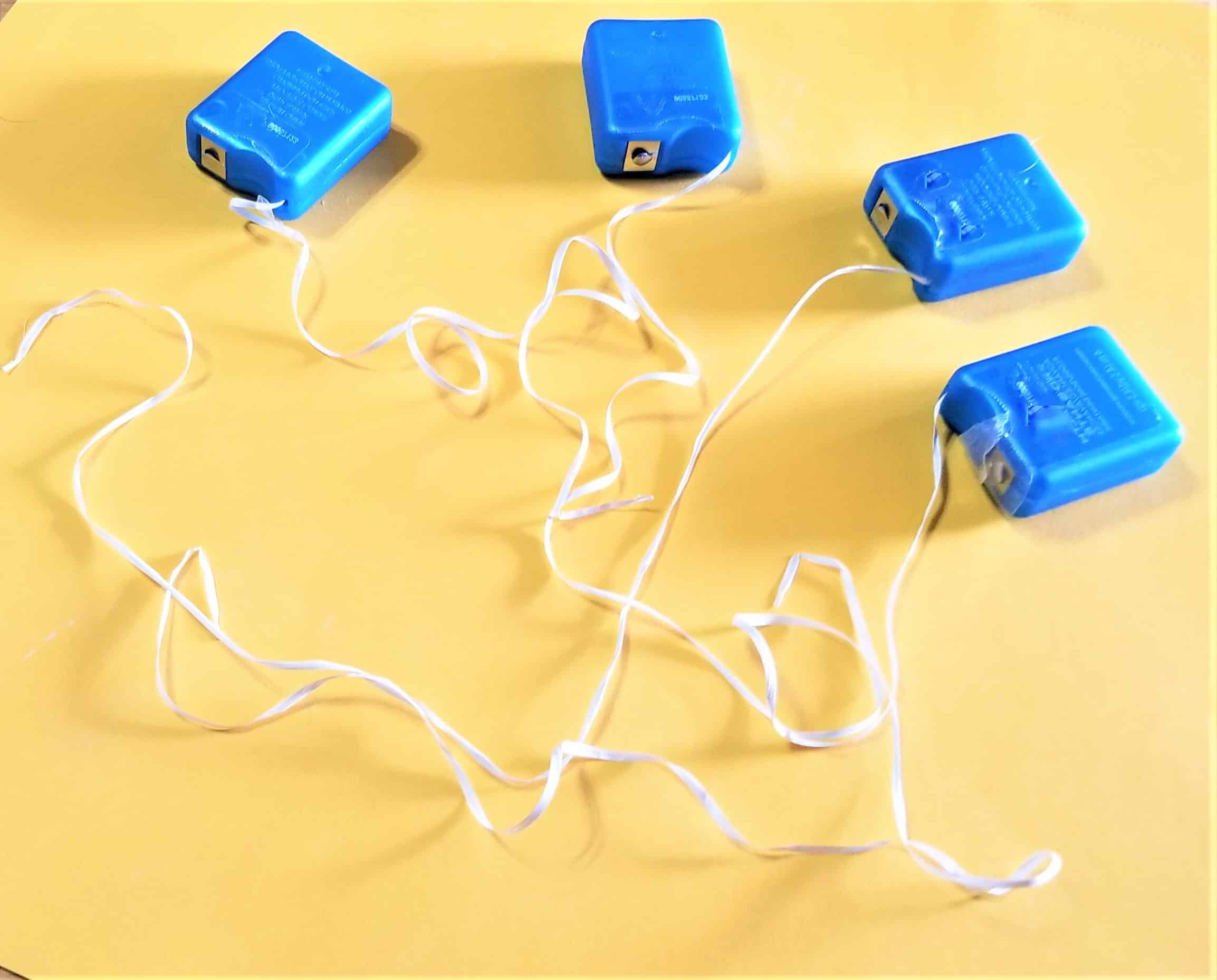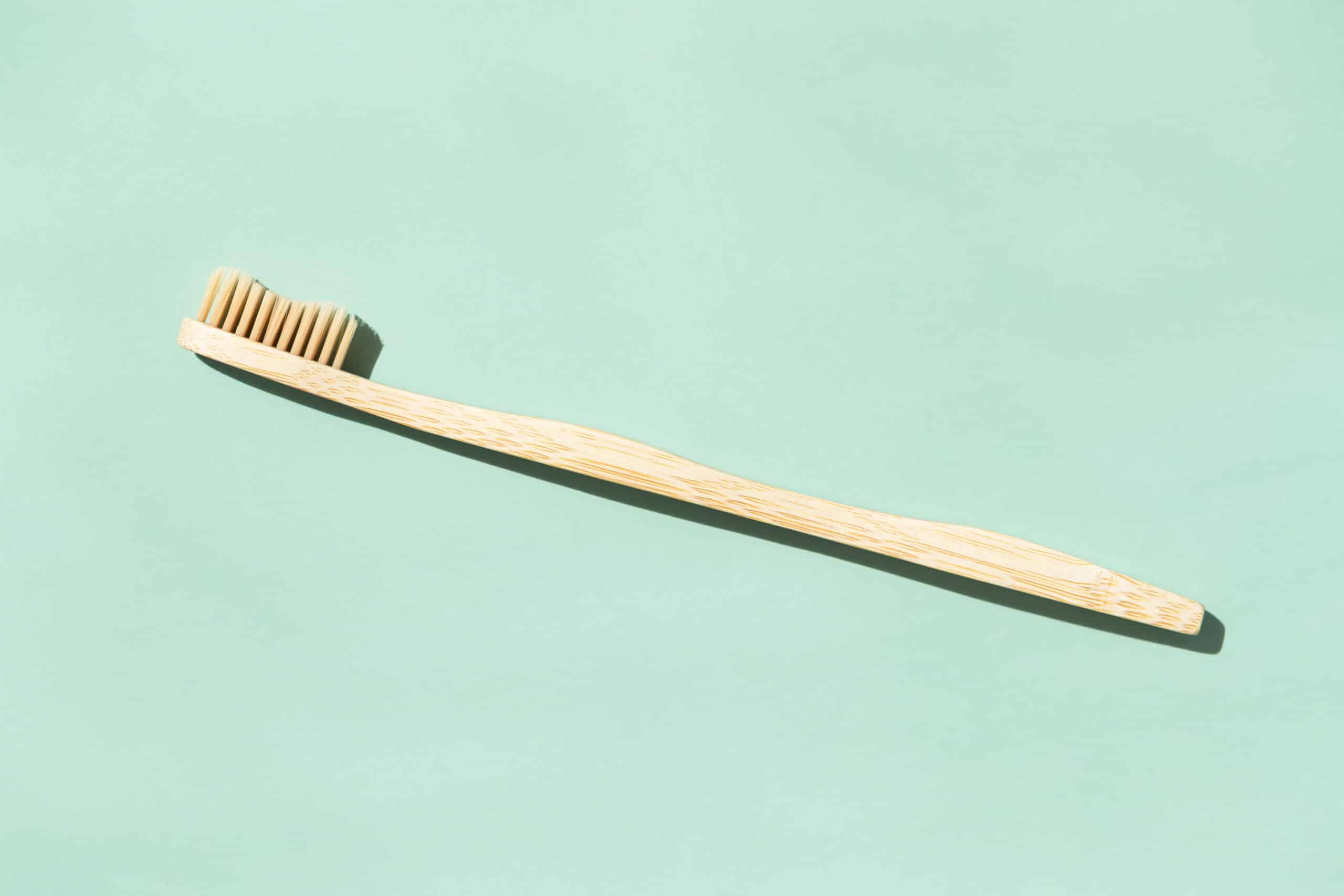It is common that, if you are missing a tooth for whatever reason, your trusted dental clinic will recommend the placement of implants as soon as possible.
And this is for a simple reason: from the moment a tooth is lost, the bone structure that supported it undergoes resorption.
This results in a decrease of between 30 and 50% horizontally and about one millimeter vertically.
Therefore, the more bone we lose, the more we will have to replace before implanting the titanium screw.
This circumstance directly affects the time it takes to complete the treatment and that is why many patients wonder how long it takes to place a dental implant.
How tooth loss affects the dental bone?
Missing teeth will always cause a loss of dental bone because the alveolus loses its natural stimulation.
This is one of the main consequences of not having all the teeth, which is why it is important to address the problem quickly, as the passage of time does not augur better results.
There are other factors that can accelerate this reduction in bone structure, such as:
- The number of teeth that have been lost.
- The use of removable dental prostheses.
- The qualities and characteristics of each person.
- The damage caused to adjacent teeth: more wear, malocclusions, displacement and rotation of teeth, atrophy of the bone structures, aesthetic deterioration…
But what influence does all this have on the placement of implants? The time it takes for the complete treatment to be carried out will be proportional to the amount of bone resorbed.
That is to say, the more bone loss, the longer the process will take.
To know how long it takes to place a dental implant, it is necessary to determine the surface of the dental bone that has been lost.
How long does it take to place a dental implant depending on the bone loss?
Below, we will detail the time you will have to wait until you have your dental implant inserted, depending on your initial situation.
Placement of the dental implant in optimal conditions
The first case we will explain is that of a person whose conditions are optimal.
That is, when there has been no bone resorption and, therefore, it is not necessary to carry out any previous step.
If this is the case, the complete placement lasts 3 months.
This period is equivalent to the time it takes for the screw to heal inside the bone structure, creating a stable and reliable unit.
This procedure is called osseointegration and, until it is completed, the patient can wear a temporary cover so that the esthetics of his or her smile is not impaired.
Once the implantologist verifies the osseointegration of the implant inside the jawbone, impressions are taken of the patient’s mouth to make a definitive dental crown.
In order to make this procedure as comfortable as possible for the patient, at DrAW Clinic we have a 3D intraoral scanner that recreates a virtual sample of the patient’s oral cavity.
The scanning will allow us to send these records to the dental laboratory so that they can manufacture the implant crown that will conclude the treatment.
Placing an implant when a little bone is missing
How long does it take to place a dental implant if the patient has little bone?
In those cases, the complete implant and crown treatment lasts 6 months.
This is due to the need to regenerate the bone structures by means of bone graft surgery.
This is an intervention whose objective is to increase the volume of bone so that the implant has adequate support and enough space to osseointegrate.
To carry out the graft, the implantologist anchors the screw to the patient’s natural bone and fills the remaining amount with artificial bone until the required level is reached.
Thus, the 3 months that the dental implant needs to heal overlap with the 6 months that the artificial bone needs to integrate with the natural bone.
Placing the implant when there is no dental bone
There is a third case in which there is a total absence of bone structure, preventing the anchorage of the screw.
It will then be necessary to carry out a first intervention with a complete bone graft.
It will be necessary to wait 6 months for the material inserted in the jawbone to heal before placing, in a second procedure, the dental implant.
The total duration of the treatment is 9 months.
And it will not be until after 3 months when the crown can be placed on the implant to guarantee the complete stability of the treatment.
In this way, the time required for the bone graft (6 months), plus the duration of the osseointegration of the implant (3 months) mean that the treatment is completed in a total of 9 months.
What if I have a tooth pulled out at the dentist?
The cases we have explained in the previous sections are based on people who go to the dental clinic when they have already lost one or more teeth.
But let us suppose that it is the dentist himself who extracts a tooth, for whatever reason.
In such a case, how long does it take to place a dental implant? It is important to bear in mind that the alveolus needs between 3 and 4 months to heal after an exodontia.
Once this time has passed, the treatment can be continued as normal.
DrAW Tips
Time is literally money.
In conclusion, we would like to point out that when it comes to dental implants, time is money.
Simply delaying the decision to replace missing teeth is not only a disadvantage in terms of the duration of the treatment.
It should be borne in mind that the more the bone structure is affected, the more expensive the price to be paid, since a greater number of interventions are necessary.
Therefore, if you are wondering how long it takes to place a dental implant, you already know that it depends to a great extent on the state of your dental bone.
That is why, if you find yourself in the unfortunate situation of having lost a tooth and you have not yet made a decision, you should seriously consider that postponing the intervention has worse consequences than those apparent.
At DrAW Clinic we are guided by editorial guidelines that ensure the veracity of all the information we publish. If you would like to learn more about how we ensure that our content is up-to-date and properly supported, we encourage you to read our editorial commitment.
Did you find this a 5 star article?
Leave us your rating:
- About the Author
- Latest Posts
The distinguished Dr. Alberto Wintergerst Fisch is an specialist in Maxillofacial Surgery and has more than 15 years of experience in various prestigious institutions such as DrAW Clinic and Dental Glaf.
He trained as a Dental Surgeon at the National Autonomous University of Mexico, later he completed a specialty in Oral and Maxillofacial Surgery at the same institution and a Master’s Degree in Health Organization Administration at La Salle University.
He is attached to the National Medical Center “20 de Noviembre” of the ISSSTE and certified by the Mexican Board of Oral and Maxillofacial Surgery.
Thanks to this, Dr. Wintergerst Fisch is recognized as one of the best specialists in Oral and Maxillofacial Surgery in Mexico City and the country.
The Most Popular Treatments in Mexican Dentistry
General DentistryDentistry services have had greater growth because more people have started to become aware and take care of their oral health. Also, more and more patients are looking for treatments and methods to recover their smile or a lost tooth....
How to detect and prevent mouth cancer?
General DentistryDentists and oral surgeons perform tooth extractions for many reasons. The issue may be a painful wisdom tooth or a tooth that has been badly damaged by decay. In some cases, a dentist will remove a tooth to make space for dental...
Dental sensitivity and hypersensitivity: what is it, what causes it and how to remove it?
General DentistryDentists and oral surgeons perform tooth extractions for many reasons. The issue may be a painful wisdom tooth or a tooth that has been badly damaged by decay. In some cases, a dentist will remove a tooth to make space for dental...
Can I have tooth pain if I don’t have cavities?
General DentistryDentists and oral surgeons perform tooth extractions for many reasons. The issue may be a painful wisdom tooth or a tooth that has been badly damaged by decay. In some cases, a dentist will remove a tooth to make space for dental...
If it’s so important to our hygiene, why don’t we ever dental floss?
General DentistryDentists and oral surgeons perform tooth extractions for many reasons. The issue may be a painful wisdom tooth or a tooth that has been badly damaged by decay. In some cases, a dentist will remove a tooth to make space for dental...
Eco Friendly Toothbrush: compostable, bamboo and miswak siwak
General DentistryDentists and oral surgeons perform tooth extractions for many reasons. The issue may be a painful wisdom tooth or a tooth that has been badly damaged by decay. In some cases, a dentist will remove a tooth to make space for dental...







2 comments
Daniela Cardenas
junio 7, 2022 at 1:34 pm
Hello,
More than twenty years ago I lost a dental piece, and about a year ago I lost another one. Will I be able to have a dental implant to solve the absence of dental pieces?
Thank you very much.
Alberto Wintergerst Fisch
junio 7, 2022 at 1:39 pm
Hello, Daniela!
You can undergo an implant treatment to recover the functionality of your smile without problems.
I hope I helped you, best regards!
Comments are closed.